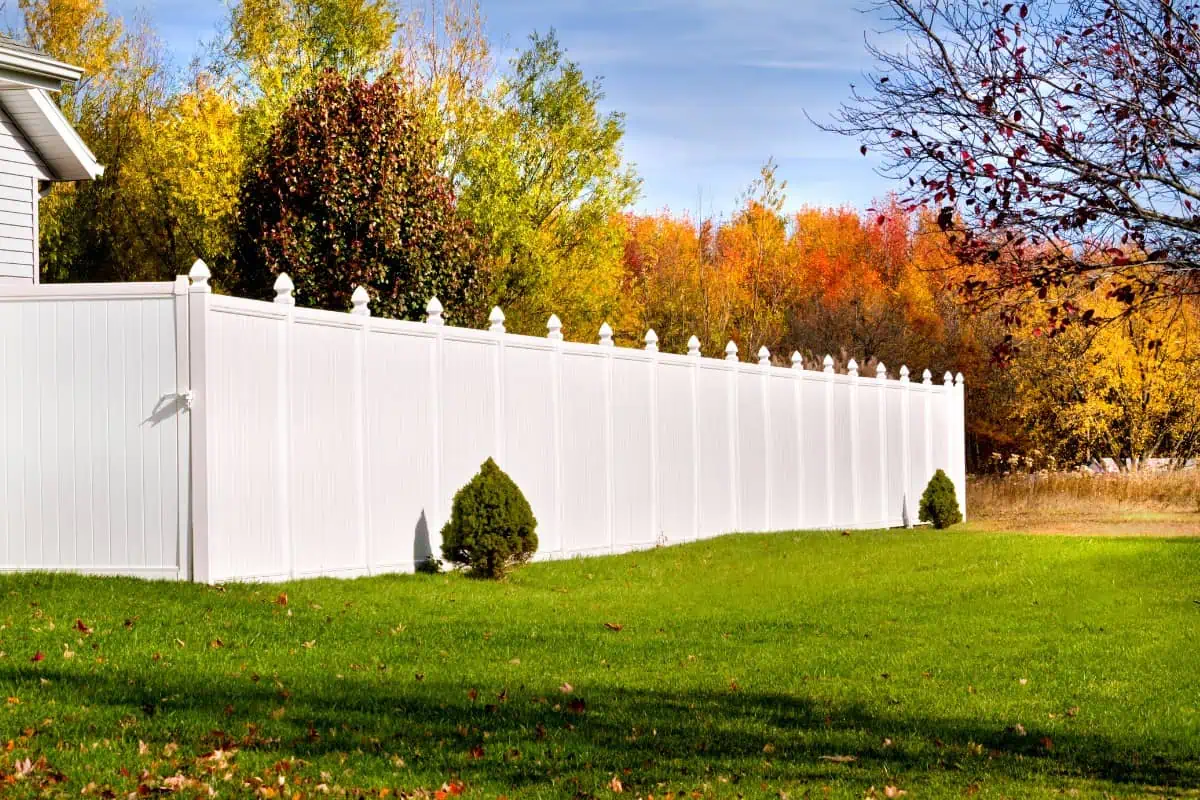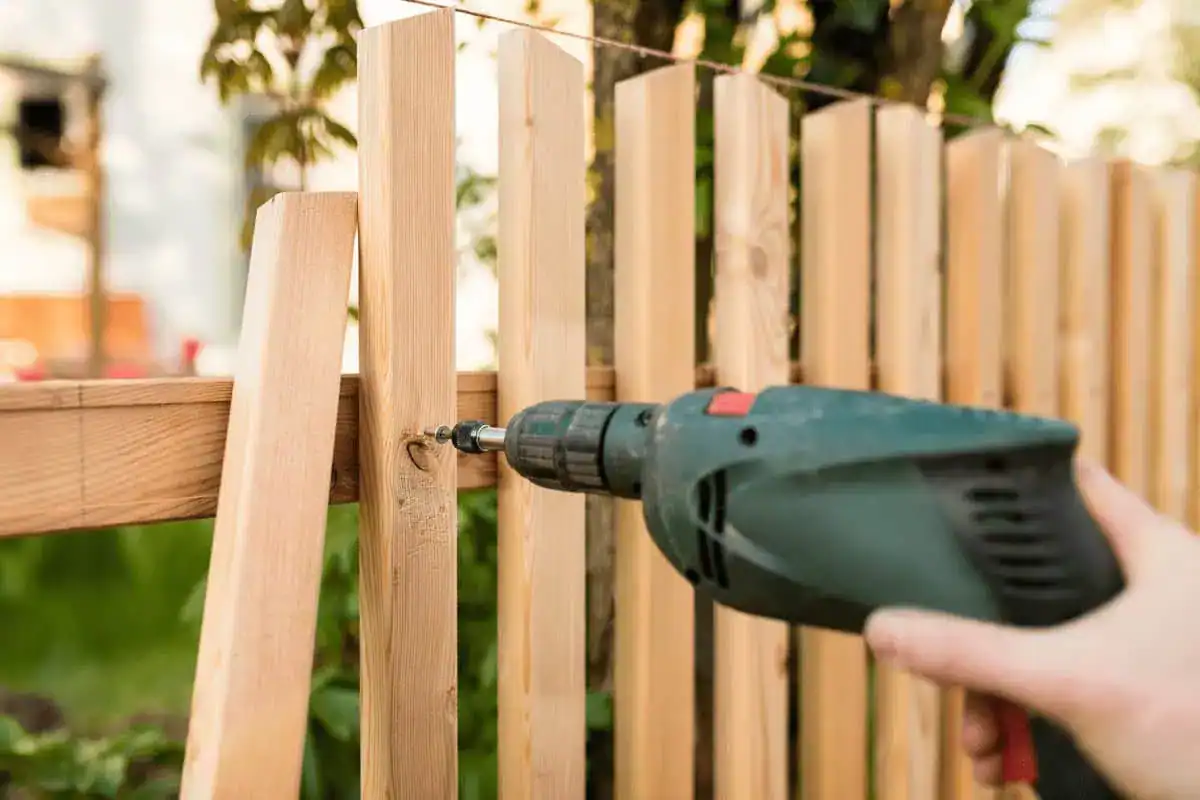Introduction
You’ve invested time and money into your Connecticut garden, only to watch deer devour your carefully chosen plants or see them struggle through another harsh winter. Sound familiar? The frustration of choosing plants that can’t handle Connecticut’s unique climate—from unpredictable spring frosts to humid summers and cold winters—is something every local gardener faces. The solution isn’t more expensive fertilizers or elaborate protection systems. It’s choosing plants that are naturally adapted to thrive here. When you select the right plants for Connecticut’s specific growing conditions, you get a garden that’s not only beautiful but also resilient, low-maintenance, and supportive of local wildlife.
Understanding Connecticut’s Growing Zones and Climate
Connecticut’s climate has shifted in recent years, and understanding these changes is crucial for plant selection success. The state now spans four USDA hardiness zones, from 6a in the northwestern highlands to 7b along the immediate shoreline. Most of Connecticut sits firmly in zone 6, with winter minimums between zero and minus 10 degrees Fahrenheit. The coastal areas enjoy the moderating influence of Long Island Sound, creating warmer zone 7 conditions. This means plants that barely survived winters a decade ago now have better chances of thriving. Your specific microclimate matters just as much as the broader zone. Elevation, proximity to water, and local topography all influence what will grow successfully in your particular garden.
How Connecticut’s Unique Climate Affects Plant Selection
Connecticut’s humid continental climate brings distinct challenges that generic gardening advice often misses. You’re dealing with four true seasons, each with its own demands on your plants. Spring arrives with unpredictable temperature swings and late frosts that can damage tender growth. This variability means choosing plants that can handle sudden weather changes without losing their vigor. Summer brings warmth and humidity, occasionally punctuated by heat waves and drought conditions. Plants that thrive here need to handle both moisture and dry spells. Fall and winter present their own tests. The freeze-thaw cycles that are common in Connecticut can damage plants that aren’t truly cold-hardy. Snow loads can break branches, and winter winds can desiccate evergreen foliage. Connecticut’s glacial history has created a patchwork of soil types throughout the state. You might find acidic soils in many areas, with pockets of alkaline soil in limestone regions. This means soil testing and plant selection need to work together. The state receives 45-50 inches of precipitation annually, distributed fairly evenly throughout the year. While this sounds like plenty of water, the timing and intensity matter. Summer storms can be followed by dry periods, making drought tolerance an important consideration even in a relatively wet climate.
The Growing Season Reality for Connecticut Gardeners
Connecticut offers a respectable growing season, with most areas enjoying frost-free days from mid-April through mid-October. That’s about 170-190 days for cultivation annually, but the quality of those days varies significantly. Northern areas typically have a slightly shorter season due to later spring frosts. This means timing your planting and plant selection becomes more critical if you’re gardening in the northern parts of the state. The shoulder seasons—late spring and early fall—often provide the best growing conditions. Summer heat and humidity can stress plants, while early spring’s unpredictable weather can damage new growth. Plants that make the most of these optimal growing periods tend to perform better overall. Understanding your local frost dates is essential. The last spring frost typically occurs in late April to early May, while the first fall frost usually arrives in mid to late October. However, these dates can vary by several weeks depending on your specific location and yearly weather patterns. This growing season reality means choosing plants that can establish quickly in spring, handle summer stress, and prepare properly for winter dormancy. Native plants have evolved with these exact conditions and are naturally synchronized with Connecticut’s seasonal rhythms.
Best Native Plants for Connecticut Gardens
Native plants offer the perfect solution for Connecticut gardeners who want beauty without the constant battle against local conditions. These plants have spent thousands of years adapting to Connecticut’s specific soil, climate, and wildlife patterns. The key advantage of native plants goes beyond simple survival. They create a garden ecosystem that works with nature rather than against it. Native plants support local pollinators, require less water once established, and naturally resist many pest problems that plague non-native species. When selecting native plants, consider your specific site conditions first. Connecticut’s diverse topography means you might have full sun, deep shade, wet areas, or dry slopes all within the same property.
Top Native Perennials for Full Sun Connecticut Gardens
Full sun areas in Connecticut gardens offer excellent opportunities for spectacular native perennials that can handle the state’s variable weather conditions. New England Aster makes an outstanding statement plant with vibrant purple flowers that bloom from late summer through fall. This perennial reaches 3-6 feet tall and thrives in full sun to partial shade with well-drained soil. Its late-season blooms provide crucial nectar when many other plants have finished flowering, supporting pollinators during a critical time. Black-eyed Susan (Rudbeckia) brings reliable golden color from summer into fall. These prairie natives are incredibly drought-tolerant once established and actually prefer Connecticut’s well-drained soils. The bright yellow flowers with dark centers create a classic garden look while supporting butterflies and beneficial insects. Wild Bergamot (Bee Balm) offers both beauty and function in full sun gardens. The fragrant leaves naturally deter deer while attracting hummingbirds and butterflies. The showy flower clusters bloom in summer and come in shades of pink, purple, and white. Butterfly Weed (Asclepias tuberosa) serves as both a stunning ornamental and crucial habitat plant. The bright orange flower clusters appear in summer, providing nectar for butterflies while serving as a host plant for monarch butterfly caterpillars. This plant thrives in well-drained, somewhat dry soil and becomes more drought-tolerant each year. Little Bluestem grass adds texture and movement to full sun plantings. This native grass forms neat columns of blue-green foliage that turns beautiful reddish-gold in fall. The silvery seed heads provide winter interest and food for birds. It’s particularly valuable because it thrives in poor soils where other plants struggle.
Shade-Loving Native Plants That Thrive in Connecticut
Connecticut’s mature trees create numerous shade opportunities, and native plants offer beautiful solutions for these challenging areas. Wild Ginger creates excellent groundcover in shaded areas with its heart-shaped leaves and interesting brownish flowers that appear at ground level. This plant spreads slowly to form colonies and works well under trees where grass struggles to grow. Christmas Fern provides year-round structure in shaded gardens. The evergreen fronds have been used for holiday decorations, hence the name. This fern tolerates root competition better than most ferns and is more drought-tolerant than you might expect from a woodland plant. Foamflower (Tiarella cordifolia) brightens darker garden areas with delicate white flower spikes in late spring. The attractive foliage provides ground cover throughout the growing season. Deer typically avoid this plant, making it valuable for areas where browsing is a problem. Wild Columbine brings elegant spring color to partial shade areas. The distinctive red and yellow flowers dangle from wiry stems above lacy foliage, attracting hummingbirds and other pollinators. This plant self-seeds readily but not aggressively, gradually naturalizing in suitable areas. Coral Bells (Heuchera americana) offer both attractive foliage and delicate flower spikes. Many varieties feature colorful leaves in shades of burgundy, bronze, or silver, providing season-long interest even when not in bloom. The airy flower spikes attract small pollinators and work well in bouquets.
Creating Your Connecticut Garden Success Plan
Success with Connecticut gardening comes from working with your local conditions rather than fighting them. Start by assessing your specific site conditions—sunlight exposure, soil type, drainage, and wind patterns. This foundation guides every plant choice you make. Consider your maintenance goals honestly. Native plants reduce maintenance significantly, but they’re not zero-maintenance. Plan for seasonal tasks like spring cleanup, occasional watering during establishment, and periodic division of perennials. Think about seasonal interest when planning your plant combinations. Connecticut’s four distinct seasons offer opportunities for year-round beauty when you choose plants that complement each other across seasons. For the best results with your Connecticut garden, consider working with local experts who understand the specific challenges and opportunities in your area. At Roots Landscaping, we have been helping Connecticut homeowners create beautiful, sustainable gardens for over 17 years, combining deep local knowledge with professional expertise to ensure your plant selections thrive in their new home.





